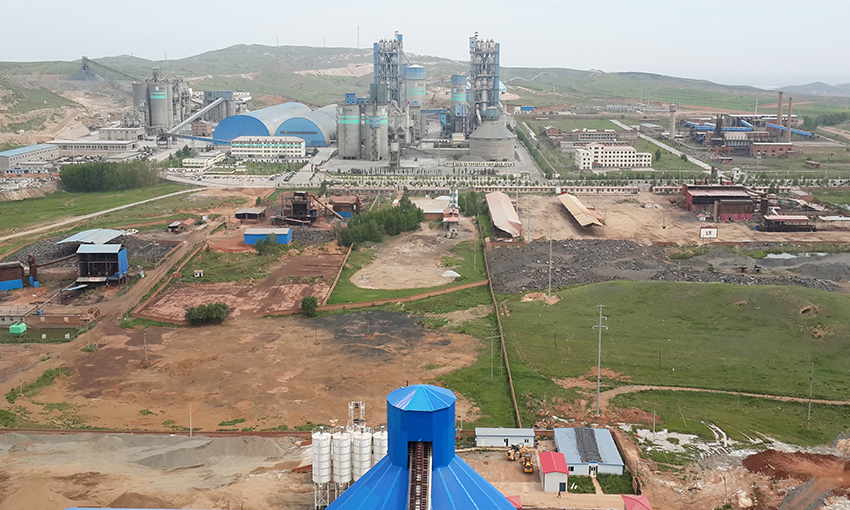
Production Rebounds and Production Efficiency Improves
Refractory materials generally refer to inorganic non-metallic materials that have a refractoriness of more than 1,580 ° C and are capable of withstanding various physicochemical and mechanical effects. As an important basic material and key consumables for high-temperature industry and all high-temperature devices, refractory materials are widely used in metallurgy, building materials, light industry, non-ferrous metals and other fields.
After years of development, China's refractory industry has basically formed an industrial system of scientific research, design, production and application, which has played an important role in the development of China's industry. However, in recent years, the overall development of the refractory industry has slowed down due to sluggish downstream demand. Until last year, under the common demand of downstream industries at home and abroad, the output of refractory products nationwide stopped falling for four consecutive years. According to the statistics of the Ministry of Industry and Information Technology, in 2018, the national output of refractory products was 23.45 million tons, an increase of 2.3%.
In terms of subdivided products, in 2018, the output of dense shaped refractory products was 13.27 million tons, and the growth rate was similar to that of refractory products. Among them, siliceous bricks and
magnesia bricks grew faster, increasing by 40% and 30% respectively; The output of refractory products was 540,000 tons, up 5.1% year-on-year; the output of unshaped refractory products was 9.64 million tons, up 2.1% year-on-year.
Thanks to the recovery of production, the production efficiency of the refractory industry has also improved significantly. The growth rate of the main business income is higher than the output growth. The profit growth rate is higher than the growth of the main business income, and the quality of development has improved. According to the specific data, the main business income of refractory products in China was 20 billion yuan in 2018, a year-on-year increase of 12%; the total profit was 14.6 billion yuan, a year-on-year increase of 38.4%.
According to the export situation, in 2018, the export trade volume of refractory raw materials and products reached a record high, reaching US$4.17 billion, a year-on-year increase of 35.6%. The annual export volume was 6.355 million tons, down 0.54% year-on-year, of which the export volume of refractory raw materials was 4.55 million tons, down 3.1% year-on-year; the export volume of refractory products was 1.805 million tons, up 6.5% year-on-year. The refractory industry gradually exported from raw materials to products. Export changes.
Improve Industrial Concentration and Achieve Green Development
At present, the quality of the refractory industry has improved, but the contradiction of large and not strong, backward overcapacity still exists. In the future, continuing to increase industrial concentration is one of the main development trends. Refractory materials are industries with severe overcapacity and have been in a state of disorderly competition since the early 1990s. China's refractory production enterprises are numerous and highly dispersed, which is the main factor causing vicious competition in the industry. At present, the market is transforming into a gradual standardization direction, which is an excellent opportunity to further integrate and standardize the refractory market order. The “Opinions on Promoting the Healthy and Sustainable Development of the Refractory Industry” issued by the Ministry of Industry and Information Technology proposes that the industry concentration of the 10 enterprises will increase to 45% by 2020.
On the other hand, with the continuous integration of downstream industries, the requirements for refractory materials will gradually increase, and product upgrading and transformation will become the main development direction of the refractory industry in the future. In this regard, we must accelerate the application of new technologies and new product development, improve the level of automation and intelligence in the industry, promote product structure adjustment, accelerate the pace of transformation and upgrading, and promote the high-quality development of the refractory industry.


